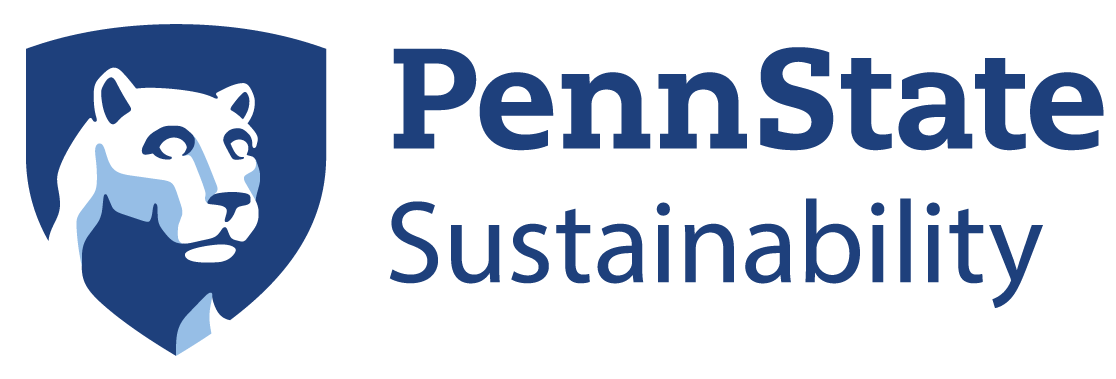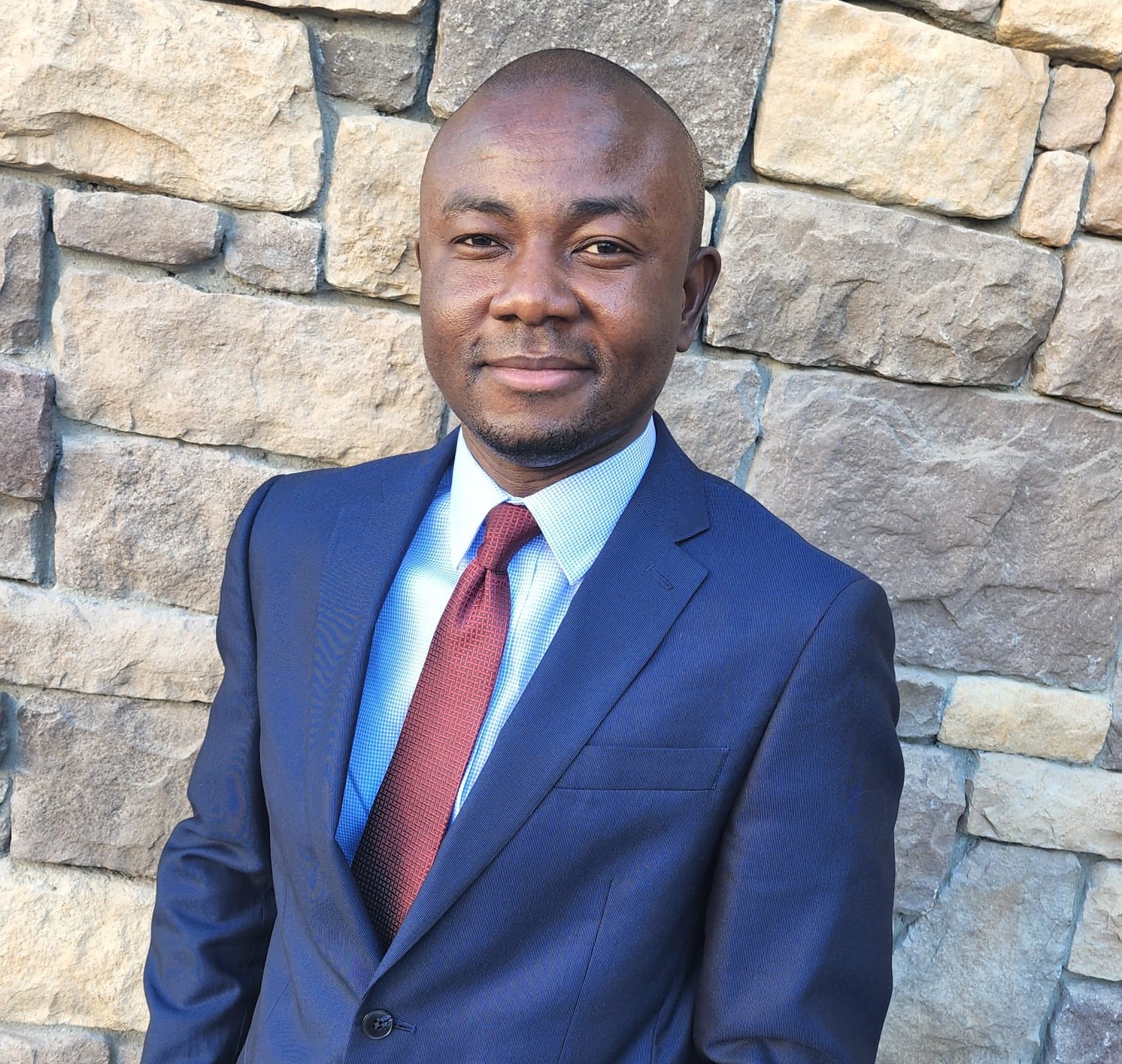Lorraine A. Jones, M.Ed., Ph.D Candidate, Interim EnvironMentors Program Manager
Mentoring the future STEM leaders of tomorrow is no small task. It requires the utmost sense of responsibility. In our recent interview with Lorraine Jones, EnvironMentors Program Manager and Ph.D. candidate in Educational Leadership, Jones emphasized the mission of the EnvironMentors program to introduce underrepresented high school students to Science, Technology, Engineering, and Mathematics (STEM) research opportunities.
The program’s high school-aged participants work alongside undergraduate students and Penn State faculty as they pursue their research interests and apply the skills they learned to the real world.
Annually, Penn State EnvironMentors hosts a Research Poster Symposium where students showcase research projects they’ve worked on throughout the program. After the most recent symposium, we sat down with Jones to discuss her time working with the program. Please note that this interview has been edited for length and clarity.
Can you share any insights about your position as “Interim Program Manager” and what EnvironMentors is all about? What are your primary responsibilities in this role?
EnvironMentors is a National College Access Program created in 1992. It is managed by the Global Council for Science and Environment (GCSE), and ten chapters nationwide participate in the program.
EnvironMentors stands out with its unique mission to mentor, engage, and provide college access and STEM research opportunities for underrepresented high school and undergraduate students. The program is not just about academic advancement but also about fostering a sense of community stewardship and social impact.
Our EnvironMentors chapter at Penn State began in 2018. That same year, I started volunteering with the program, which is hosted at three campuses across Penn State: University Park, Shenango, and Harrisburg.
As the Interim Program Manager, I play a crucial role in the success of the EnvironMentors program. My responsibilities include recruiting, matching, training, evaluating, and engaging all the research groups. I support and ensure the safety and enthusiasm of our participants, and most importantly, I strive to create a positive and inspiring experience that fuels their passion for future STEM opportunities.
Participants are recruited from local high schools and paired with undergraduate Penn State students and faculty in STEM fields—occasionally, we even reach out to exceptional middle schoolers. Recruitment is typically open between April and August, so if you’re reading this interview between those months, consider reaching out!
As a Ph.D candidate in the field of Educational Leadership, what drove you towards your field of study and incorporating sustainability into it?
My research focuses on understanding STEM research’s cultural processes and mechanisms and observing how mentor relationships can lead to viable and desirable STEM careers for historically underrepresented students. My passion for guiding and empowering the next generation of leaders through education seeded my interest in sustainability. STEM solutions to sustainability topics like environmental justice are very much needed. We already know that a climate-affected future most directly impacts marginalized communities. By working in partnership with those groups, we can not only find solutions to community challenges but empower those communities to participate in the process and uplift their unique perspectives.
How would you say you’ve been personally inspired by the EnvironMentors program?
I think about the future a lot – the next generation of students. How can you think about sustainability, climate change, and all of these issues without thinking about the next generation? These kids have the potential to make a tremendous impact on our world – and the state in which we pass it down to them will affect their lives and their legacies. When we engage the next generation of student leaders, they need to see how integral their participation is in our collective ability to make sustainability progress. They are the future of sustainability in every sense.
Every community faces sustainability challenges, and it’s a collective responsibility to address them. For instance, the threats to biodiversity, shifting weather patterns, and rising temperatures all pose potential risks to our interconnected food systems. However, the diverse and plentiful approaches to sustainable agriculture offer us hope that we will be able to continue to feed ourselves. By teaching people how to adapt and problem solve, we empower them to confidently care for themselves, their families, and their communities. It’s our shared duty to ensure that we leave our planet in a better state than we found it.
What are some of your most rewarding experiences while working with this program?
Seeing the students learn how they can contribute to improving the world is exceptionally professionally and personally fulfilling. These students are discovering their passion in a field they previously couldn’t ever picture themselves as part of. When many people imagine the “face of sustainability,” they don’t imagine folks from these marginalized communities at the table. This program opens doors for them to change the face of the sustainability movement, to advocate for a seat at the table, and to expand their critical thinking skills by asking the ever-important questions, “Who built this table?” and “Why did they build it?”.
As they delve into STEM research, the students are discovering the transformative power of hands-on experience. Many may have had little prior exposure to STEM or sustainability topics. It’s exhilarating to see them make connections they hadn’t realized were related to the climate or sustainable living. They then bring these skills back to their communities, creating a ripple effect of positive influence. What’s most rewarding for me is witnessing the students’ creative problem-solving, which is often the key to sustainable solutions.
What do you envision for the future of the EnvironMentors program at Penn State and at the National Scale?
I envision students continuing to work to become good stewards of our resources—as they are naturally inclined to be. I imagine them working hard and impacting the generation that follows them, whether by mentoring a mentee, pursuing a career in STEM or sustainability, or becoming advocates and passing that knowledge along through their networks as they grow.
What advice would you give other educators, mentors, and individuals interested in promoting diversity and inclusion in the STEM field?
The most important thing is being a good role model. That means being culturally responsive and taking the time to understand and include culturally relevant concepts and anecdotes in our teaching so that we can better engage with students whose backgrounds, realities, and perspectives may be very different from our own. When we do this, students will start to see their involvement for what it is – invaluable, and they will work to further embed themselves in those spaces and conversations.
We want to empower students to know that they are the change. If they see a world that they don’t like, they can change it. Let students know that this is a space that not only needs them but also a space where they belong.
We need the creative ways in which the youth thinks about solving problems. We need the lens that they bring to the table. Their voices are essential.
What are the most significant challenges you face when incorporating DEIJB principles into STEM, and how do you address them?
Engaging students in a space where they don’t see themselves is challenging. It is a challenge to retroactively correct a culture that has historically been less than welcoming. Students are smart. We can continue to tell them that they’re welcome, but if they look around and don’t see themselves represented, they’ll pick up on the performative nature of those words.
By pushing boundaries and ensuring that students are well-informed, encouraged, and supported, we are investing in a future where they can thrive. This is true in your individual relationships with them, within a program like EnvironMentors, and within your classrooms. Let them see you advocate for them. The impact of providing a positive culture in the spaces you cultivate is not just immediate, but it also sets the stage for long-term feelings of belonging and safety within these fields.
How do you think your position contributes to the University’s commitment to the United Nations’ Sustainable Development Goals?
Education and community outreach are central to the EnvironMentors program. We help participants reach their full potential as environmental stewards. The program touches on sustainability, community impact, and environmental justice, all of which align with the Sustainable Development Goals.
One of the biggest things the EnvironMentors program brings to the table for sustainability is that it folds in involvement from the next generation of youth. Through the program, we are instilling lifelong values about the importance of environmental justice and a sustainable world, ensuring a sustainable future for all.
What advice would you give individuals looking to make a positive impact by living more sustainably?
Sustainability involves so much, and there is a lot you can learn about it, no matter where your interests lie. One of the things I find most valuable is to be well-informed about education and environmental justice issues. There are so many ways everyday people can work on these issues and make a significant impact by getting involved at the local level. No matter your age, no matter your zip code, no matter your skin color, your unique perspective and contributions are invaluable.





